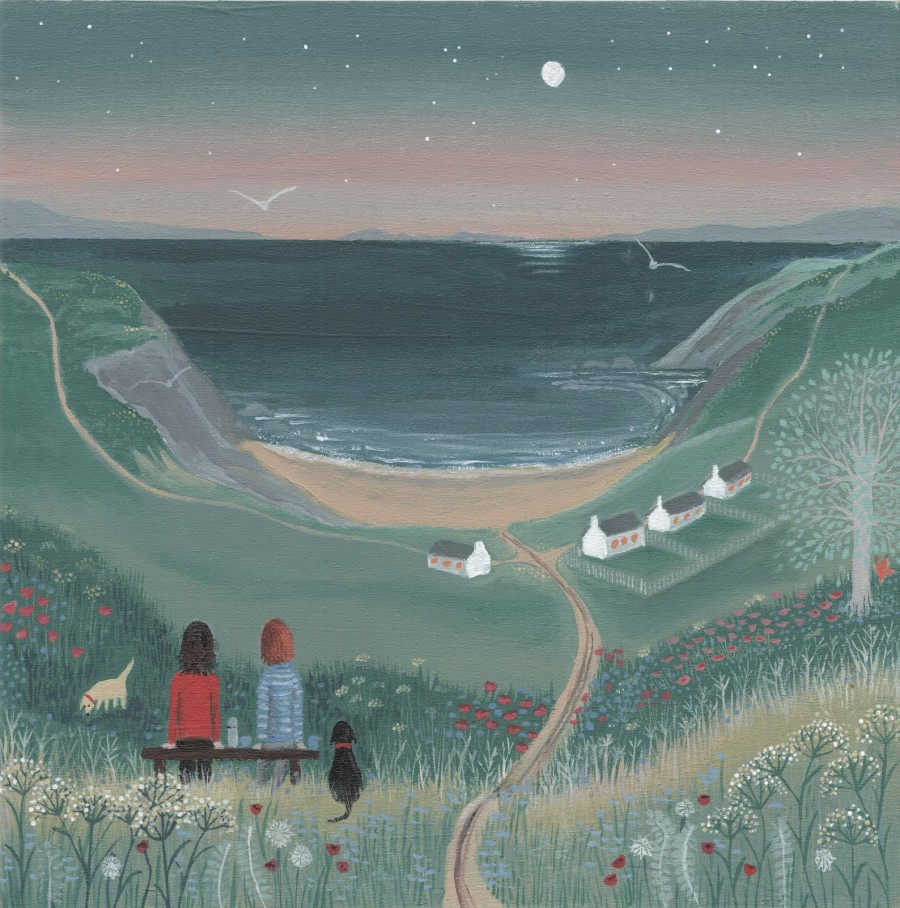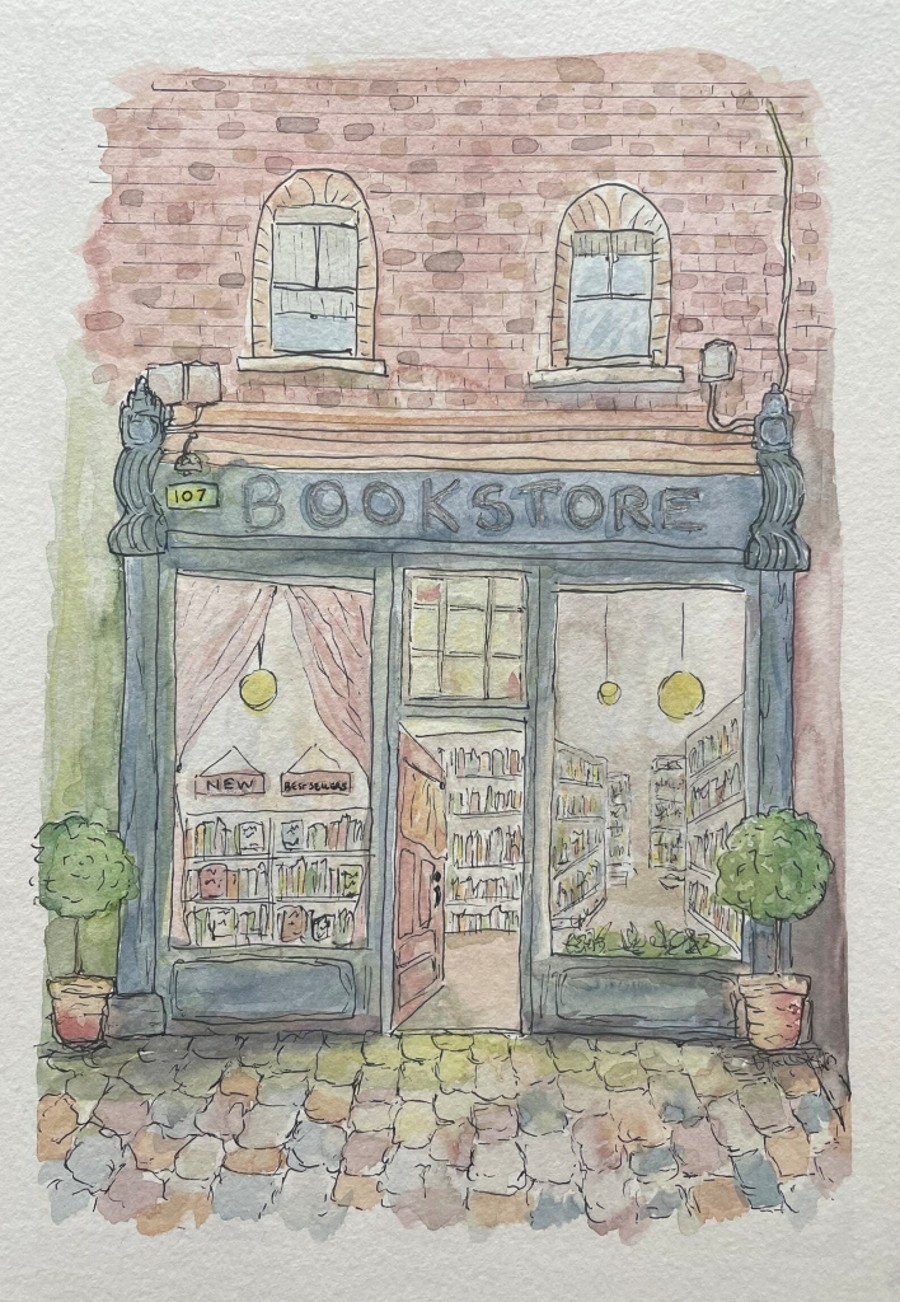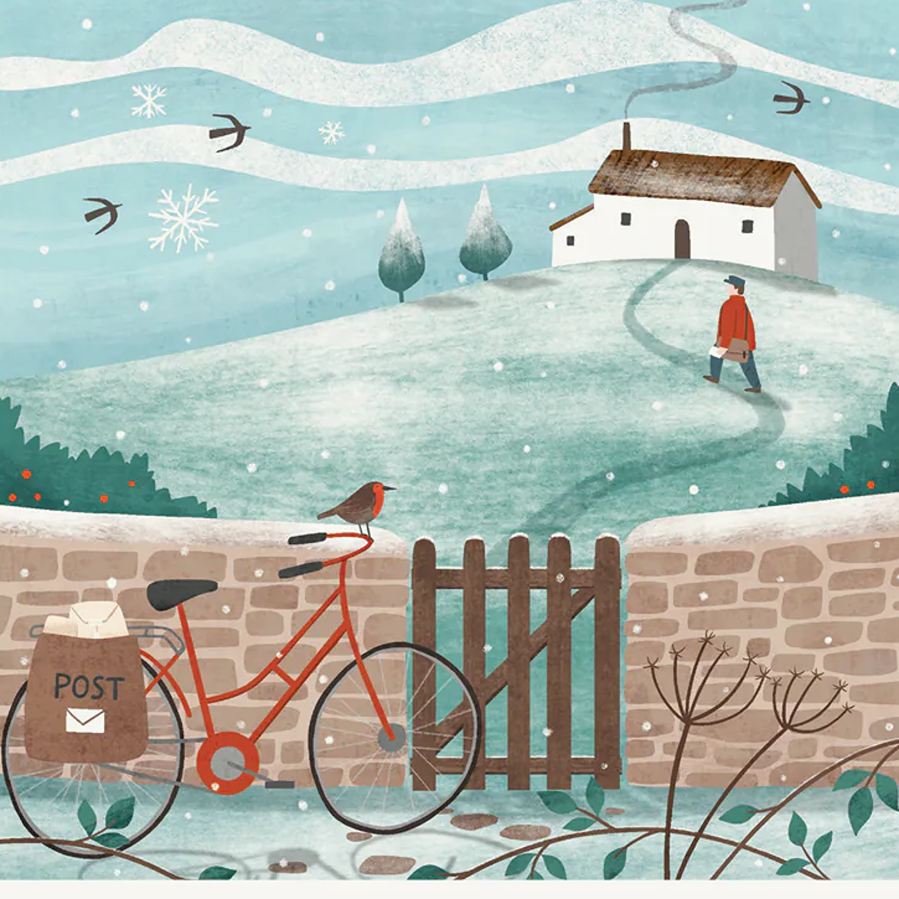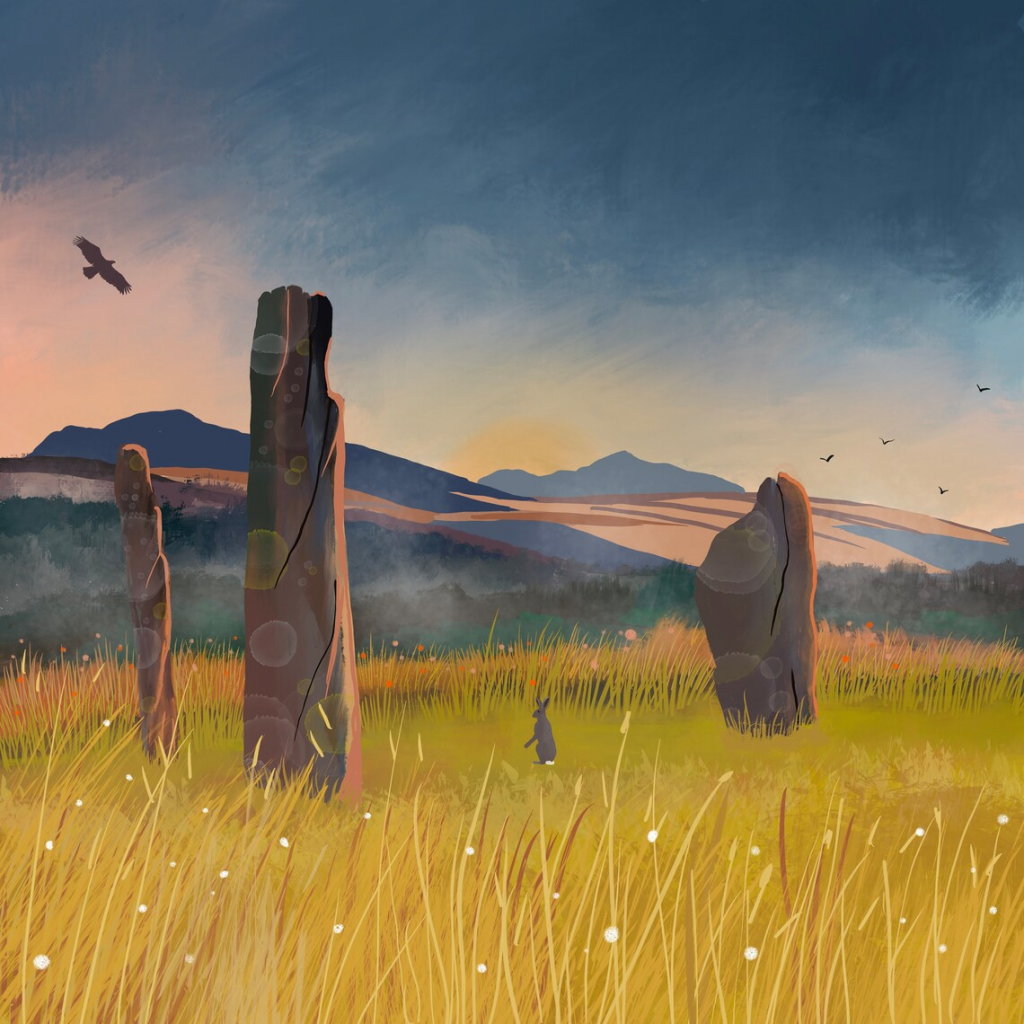
Wiltshire is a mostly rural county with several market towns including Bradford-upon-Avon (the chapel was the town lock-up to house local drunks!), Chippenham (a wealthy town just 12 miles from Bath) and Trowbridge (not far from the Somerset border, with many Grade 1 listed buildings as a throwback from the textile industry).
Salisbury Plain is a chalk plateau that covers 300 square miles (including Hampshire). The Plain’s best-known landmark is Stonehenge (believed to be an ancient burial site, though no-one is sure how the huge stones got there). Hippies often celebrate the summer solstice here (but some in recent years have been banned by the council, for leaving litter behind). Alas around half of this beautiful area is now used for military training (including live firing).
the best place to find ‘chalk white horses
The North Wessex Downs was the setting for the book Watership Down and is home to many ‘white horses, carved into the chalk hills). The best-known (just over the border in Oxfordshire) is the Uffington White Horse (3000 years old). The Manger is a steep-sided dry valley nearby (legend has it that the horse visits here to feed!)
home to England’s most beautiful building?
The city of Salisbury is known for its cathedral (which American writer Bill Bryson called the most beautiful building in England). It’s one of the best examples of English Gothic architecture and took almost 40 years to build.
Castle Combe & The Cotswolds
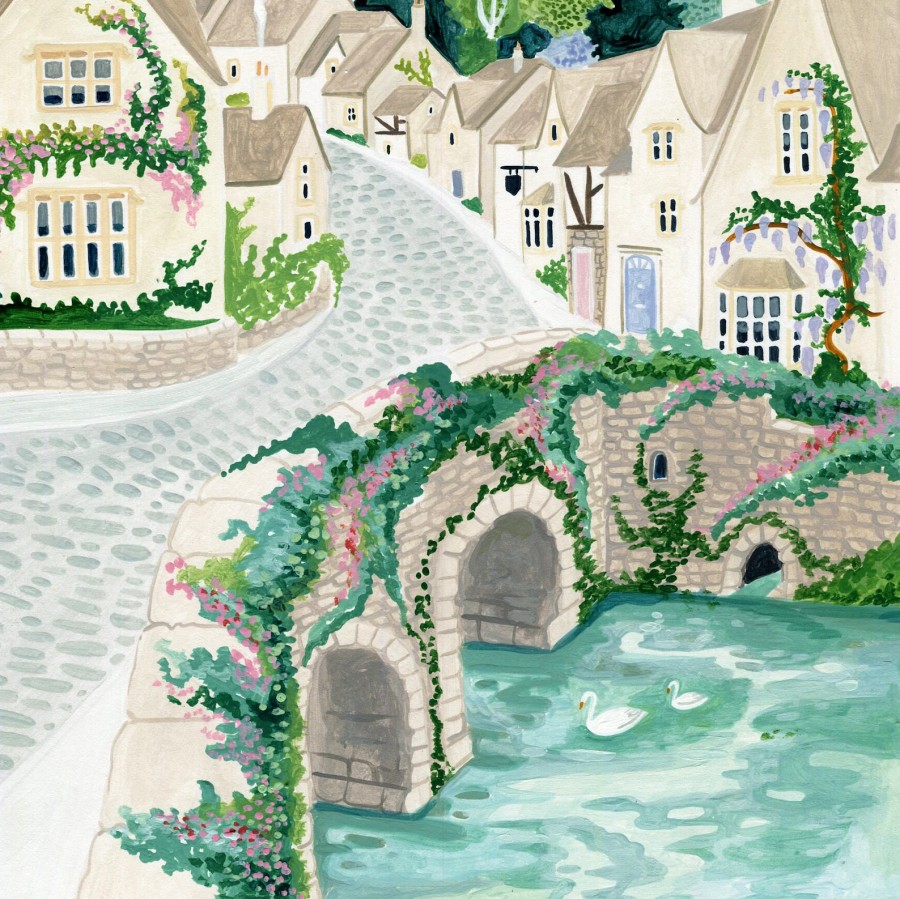
Castle Combe (Amber Davenport) is known as one of the prettiest villages in The Cotswolds, taking its name from a castle built on a hill in the 12 century. Many of the ancient buildings that remain used to be weavers’ cottages, in the days when the village was the main base to make ‘Castlecombe’, a red and white cloth that was sold at local markets. Today the village still has a working medieval clock along with a village water pump, and a beautiful stream and bridge. You can even walk around the entire village via a (very muddy) 5 mile circular walk.
The Cotswolds are England’s largest Area of Outstanding Natural Beauty (800 square miles) that are mostly in Gloucestershire, but also cover parts of Oxfordshire, Warwickshire, Wiltshire and Worcestershire). If you venture up Broadway Tower, you not only can see the whole of the Cotswolds, but views for 60 miles across 16 counties!

